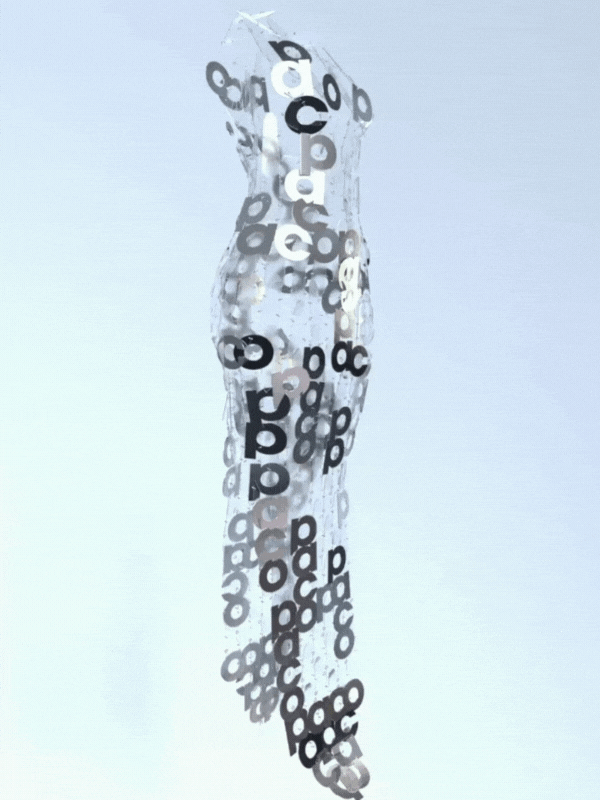How To Design For Web 3.0 And Blockchain: Design Principles To Follow
With the emergence of Web 3.0 and the blockchain slated to take the place of Web 2.0, UI/UX design should take this into consideration when designing Web3 applications and platforms. That being said, Web 3.0 is a foreign concept to lots of users, so these designs should also reflect and address that pain point. Working with an agency offering Web 3.0 development services is the ideal option. They have the expertise on how to design a blockchain in a way that applies interaction and user-centred design principles.
Read below to learn more about these principles and considerations, as well as how you can apply them to your very own Web3 and blockchain design projects.
Know the basics of how to design a blockchain system
Before you apply the proper design concepts on your Web3 app or platform, you need to know how to build a blockchain solution first. There are steps in building a blockchain solution that you need to follow to ensure everything is ready and that there’s something to use your designs for. These steps are:
- Determining a proper use and purpose for the blockchain
- Identifying a consensus mechanism, a protocol used to come to an agreement regarding the status of a ledger
- Identifying the right platform (e.g. Ethereum, Quorum, Stellar)
- Designing nodes and blockchain instance
- Constructing APIs for the software programs to communicate better
- Designing interface through programming languages, databases, and servers
- Integrating various technologies (e.g. AI, machine learning)
All of these are to help lay the groundwork for your blockchain working upon launch. Once that’s all done, the next step is to design a user interface and user experience that makes it easy for both blockchain beginners and experts to actually navigate the solution.
Focus on user-centred and interaction design
As mentioned earlier, Web 3.0 is a new thing that’s still in its infancy. As a result, most people may not be aware or familiar with how it works. Therefore, it’s highly recommended that you value the power of user-centred design and interaction design when designing for Web 3.0. Remember, user-centred design aims to make your applications more accessible to the average beginner. Interaction design on the other hand takes into consideration how users will interact with something as part of their experience.
Since most of the users you’ll be getting are coming from Web 2.0 applications, go for design choices that take into account their experience with Web 2.0 and how they interact with certain designs. For example, you can use terminologies that are more familiar to them in order to adjust your application to their level of understanding. You can also mimic elements of popular Web 2.0 applications to make the users feel more at home and familiar amid the new setting, leading to built trust and better interactions.
Build trust through security within the distributed ledger technology
Web3 runs using the blockchain, which is a type of distributed ledger technology. Investopedia defines distributed ledger technologies as “the technological infrastructure and protocols that allow simultaneous access, validation, and record updating across a networked database.” It’s also a type of peer-to-peer architecture that allows a decentralised network to function without the involvement of a third-party. This is an important feature to highlight amid the growing concerns about data privacy and security.
The security measures of your Web 3.0 app or service should be reflected in the UI/UX design. Your applications should incorporate privacy by design to ensure basic security protocols are integrated at the core of your application. This can be done by being upfront about the protective practices in place, providing a guide for new users, and reminding people of the immutable nature of Web 3.0 transactions through alerts. For example, users clicking the accept button of a transaction could trigger a final question asking if they wish to proceed in order to protect them from misclicks.
Be educational and informative in your design choices
Lastly, in relation to the fact that the ones who will eventually use your applications are new Web 3.0 users, let that reflect in the language you use for your copy. Present information in a way that explains certain terminologies without resorting to too much technical language. Let the copy flow naturally so that users can learn as they go through the process. Eventually, there would be less need for this as Web 3.0 becomes the default form of the Internet. But for now, an easy-to-digest informative read is wise to help the users that will be coming in.
Web 3.0 is still a growing platform, and not everyone will be informed nor will they be immediately open to it at first. By applying specific design principles, you can improve the UI/UX for your potential audience and make the transition to Web 3.0 a whole lot smoother.
Be part of the Web 3.0 movement with our help at No Standing! With our Web 3.0 development services, you can be sure that your Web 3.0 application projects will follow the best design practices for better user experience. Send us a message and let’s get started on your projects!
Acquisition and conversion rate
Acquisitions are an important KPI to look at when measuring web 3.0 marketing campaigns. To acquire a customer is to appeal to them through marketing efforts so they may serve as a conversion. A conversion can come in the form of a purchase, a sign-up, or a form completion on the website. When checking the acquisitions, you can look at metrics such as visitors, sign-ups, cost per acquisition, and more. The last factor in particular is needed to determine if the strategy you’re employing is a cost-effective one, and if the budget allotted is worth the number of customers gained.
Retention rate
Of course, it’s not enough just to acquire a customer. Businesses also need to retain them for over a long period of time. Otherwise, most of the sales you gain are just short-lived and don’t translate to something long-lasting. In Web 3.0, retention efforts usually involve various community building activities, as these initiatives are a key part of employing current Web 3.0 marketing trends. You can usually tell if these activities are effective if you have more community members engaging and participating in them. Besides that, part of checking the retention rate is also knowing the number of churned customers, or those who decided to discontinue the service.
Customer lifetime value
More than just measuring the retention rate, however, is checking to see if these retained customers offer a high customer lifetime value (LTV). This refers to the estimated profit a single customer can give to the business. Metrics such as the average purchase value, purchase frequency rate, customer value, and lifetime span are computed to determine the LTV. Knowing this as part of measuring Web 3.0 campaigns can help in ensuring you know which customers should be prioritised for retention.
Properly measuring your Web 3.0 campaigns can help you better optimise the strategies you employ. But if you need a more detailed, expert-driven insight in assessing your KPIs, we recommend partnering with the best Web 3.0 marketing agency for your campaigns! Send us a message at No Standing for effective marketing campaigns that follow the latest Web 3.0 trends.







